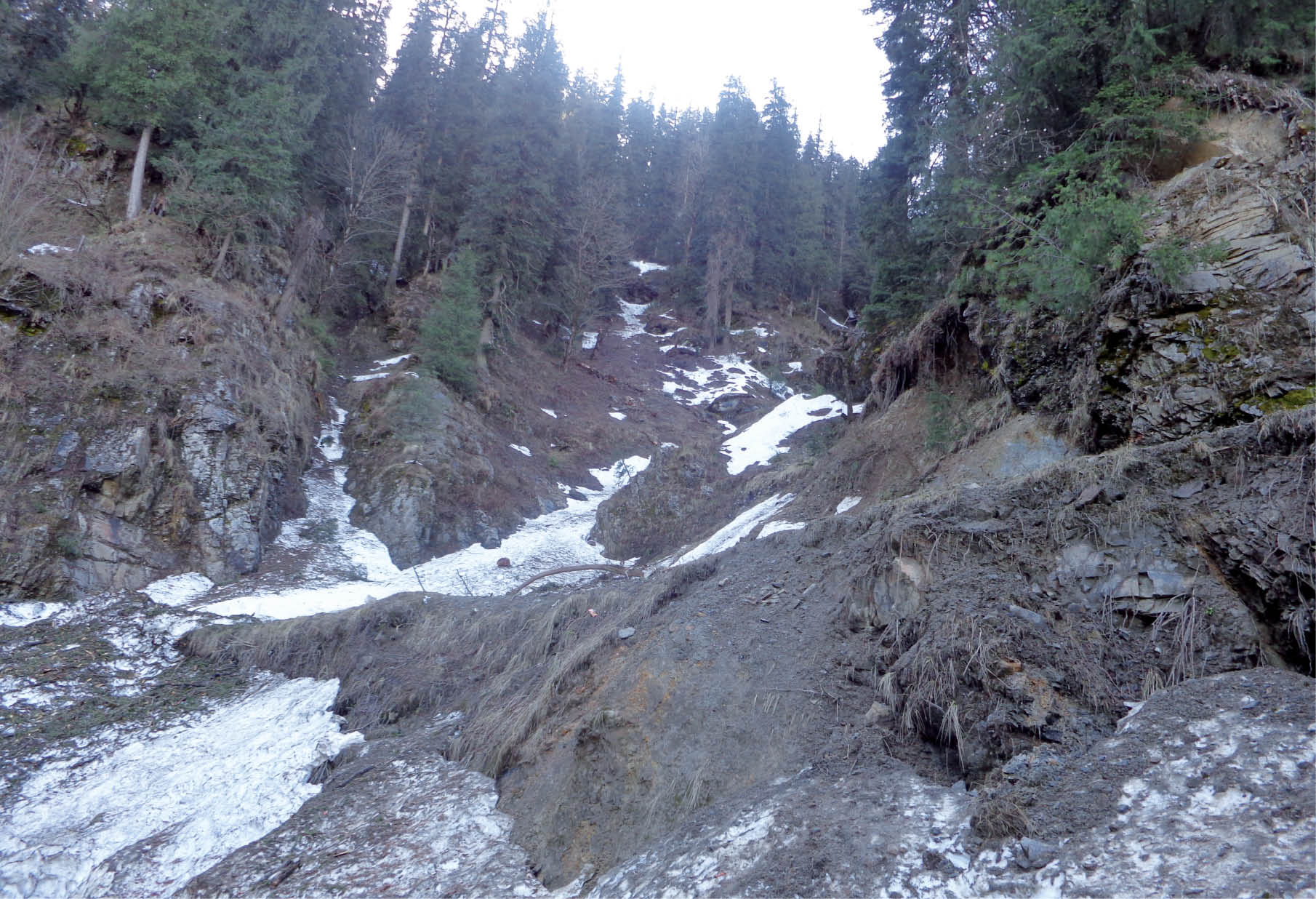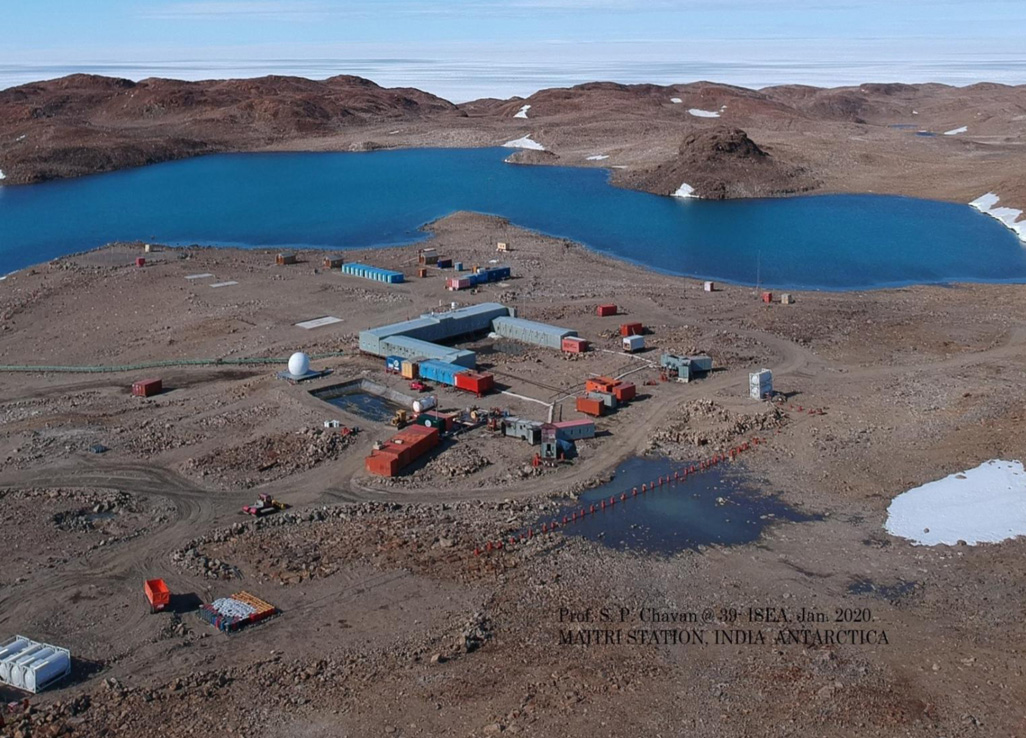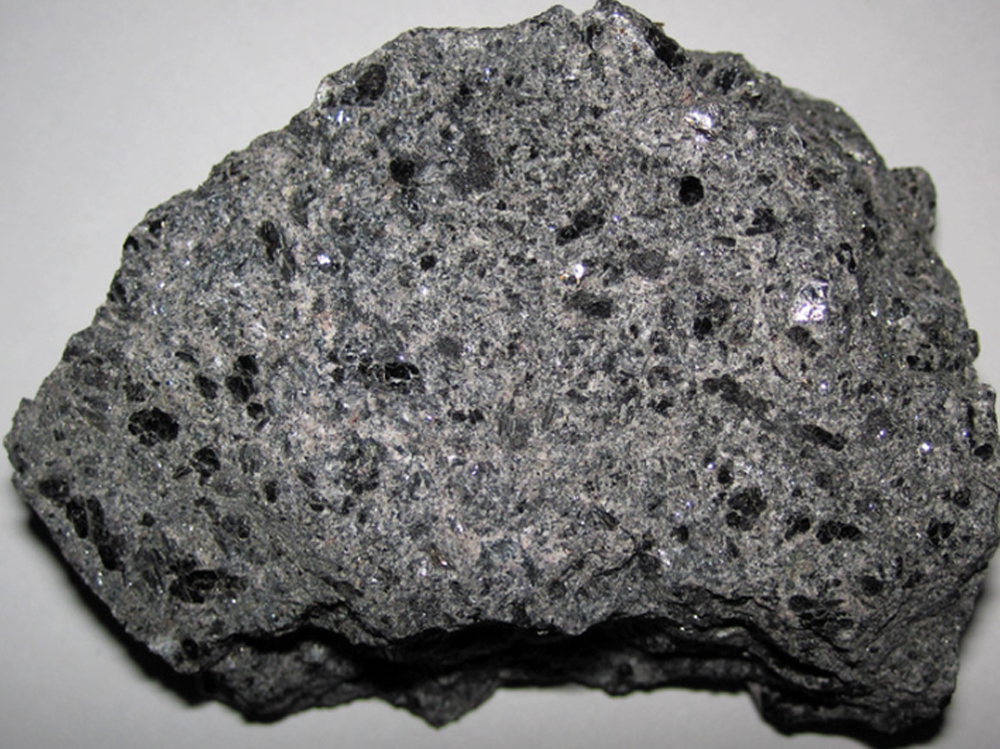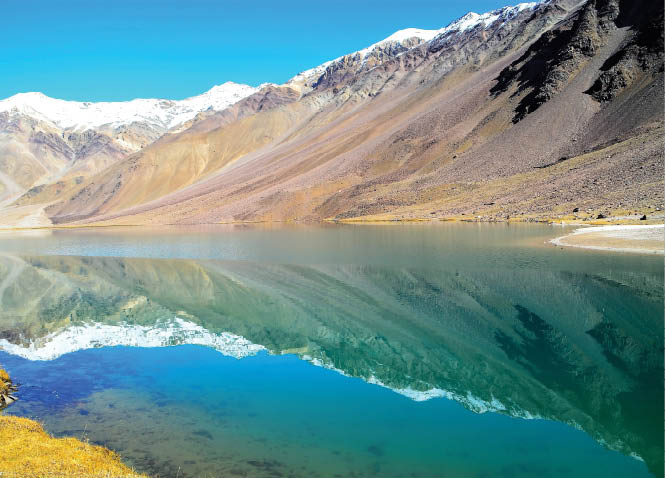Ice as an Agent of Sculpting Land



India is set to embark on a new chapter in its Polar exploration journey with the construction of Maitri II. The Indian government plans to establish a new research station near the existing Maitri ba...
.png )
The Deep Ocean Mission (DOM), approved by the Government of India in 2021 under the Ministry of Earth Sciences (MoES), represents a strategic step in realizing Sustainable Development Goal 14 (SDG 14:...

China recently announced restrictions on the export of seven rare earth elements (REEs), soon after US President Donald Trump decided to impose tariffs. As the world's dominant supplier—responsible fo...
The glaciers have sculpted various landforms transforming the geomorphology of earth. These landforms are the result of processes of weathering, erosion and deposition under harsh climatic regimes.
Himalayan glaciers influence the water regimes of major river systems in Asia and help sustain more than a billion people from several countries. Changing climate is threatening the health of Himalaya...
It is easy to arrest a decline in Himalayan biodiversity, provided local communities are involved in the process. Efforts in the Himalayan region prove this beyond doubt.
The glaciers have sculpted various landforms transforming the geomorphology of earth. These landforms are the result of processes of weathering, erosion and deposition under harsh climatic regimes.

Himalayan glaciers influence the water regimes of major river systems in Asia and help sustain more than a billion people from several countries. Changing climate is threatening the health of Himalayan glaciers and potentially increasing hazards like glacier lake outburst flood, avalanches and landslides.

It is easy to arrest a decline in Himalayan biodiversity, provided local communities are involved in the process. Efforts in the Himalayan region prove this beyond doubt.
